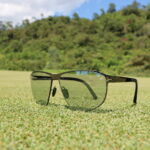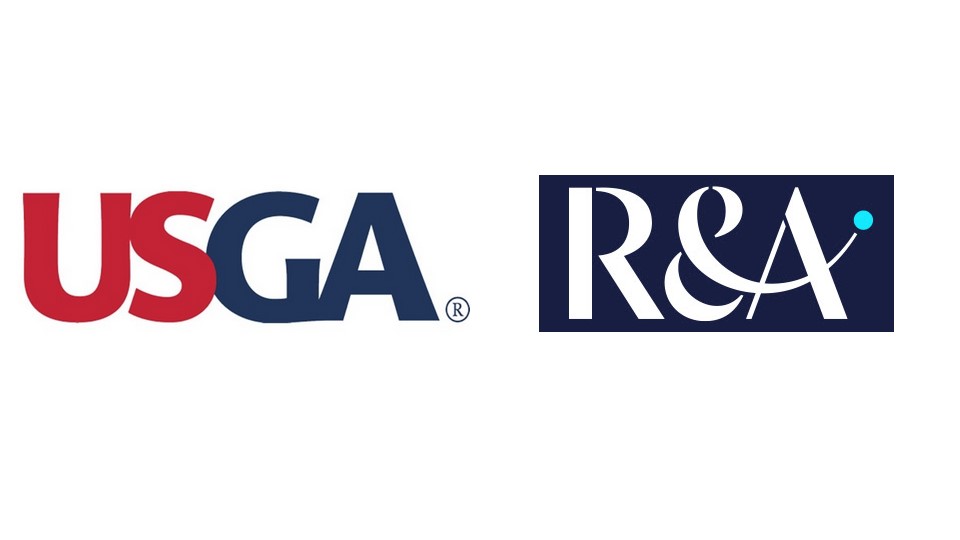When the USGA and R&A first announced in March 2023 their long-awaited action plan on the increased distance gains from today’s golf balls, they collectively decided players at the elite level (i.e. professional tours) would be the main emphasis since the largest gains were coming from those at the highest levels of golf.
Sounds reasonable – right?
The two rules-making organisations correctly noted recreational players should not be impacted since they are not the ones seeing any noticeable spikes in distance gains.
Without ever admitting bifurcation — which was ultimately done – the two organisations stated a “model local rule” would be enacted for the first time, creating a split result.
Amazingly then in December 2023 the two rules-making organisations did a reversal – that’s the polite way of saying it. More or less, it was a clear flip-flop.
Stating the rollback of the golf ball would be broadened to all golfers – whether on pro tours or playing recreationally like Joe Sixpack and Mary Wineglass do.
Confused?
You’re not alone on that front.
Distance gains from the golf ball are clearly verifiable at the highest of levels in the sport. 98 players on the PGA Tour averaged over 300 yards for the 2023 season.
Go back 24 years to 2000 and the total number that reached 300 or more yards totalled – one. His name – John Daly.
The writing was on the wall roughly a quarter of a century ago.
Instead of aggressively acting on several fronts the USGA and R&A simply permitted the situation to grow even more pronounced. If leadership is what was needed – abdication and burying one’s head in the sand is evidence of the lack thereof.
Consider the past history and the consistent lackadaisical pace that took place.
When persimmon headed drivers were being replaced by lighter stronger metal clubheads neither rules body did anything.
Want an analogous situation?
Major League Baseball saw the gains made by aluminium baseball bats and outlawed them and kept traditional wooden bats. That sounds smart because it kept baseball stadiums from having to become much larger with increased distances for potential home runs.
There was also the danger issue in terms of the speed at which baseballs come off aluminium bats versus wooden ones.
Maintaining wooden clubheads would have prevented the resulting advancements that soon followed with metal ones. For years the length of most drivers was 43.5 inches. With the usage of lighter stronger titanium clubheads the modern driver became larger – jumping to a max of 450+ cc versus wooden heads under 200 cc.
Given the properties titanium provided manufacturers they were able to increase the length of drivers – going from an average 43.5 to 45.5+ inches. With bigger-sized clubheads and longer length drivers it was a perfect storm in providing a launching pad for a systematic growth in distance gains – given the high rate of clubhead speed and on-center strikes that happen for elite level players.
But the technological arms race went one step further. Golf balls for years at the elite level were made of balata. This material was softer in composition and spun a great deal. Manufacturers wanted something that could perform in a dual capacity – securing max distance while being able to provide the needed spin elite players crave.
In 2000 the introduction of the Titleist Pro V1 and Pro V1X literally turned the golf world upside down. Balata left the market faster than Elvis left the building.
Additionally, the nature of golf swings became more efficient as instructors were able to fine tune the natural talents of men and women playing at the elite level. Players, who in the past had showcased unique idiosyncratic swings, were becoming more successful in eliminating such quirky and inconsistent movements.
Keep in mind that the average handicap for men and women did not decrease with all these gains.
Additionally, the average male golfer is only able to carry the ball just beyond 200+ yards. For women golfers the figure is in the range of 125-150 yards.
Think of the incongruity – recreational players are not the ones in need of correction to the golf balls they are now playing. Just the mere linkage to the word “roll back” is an anathema to how they play the sport now.
The focus of equipment companies
Equipment companies are in business to sell clubs and balls. The most innovative of such companies have a tremendous array of deep thinkers smart enough to push for every available gain the rules permit.
These same companies are also not quick to embrace and support unconditionally the rules of the USGA and R&A when bottom line financials can be impacted.
When the USGA and R&A announced the “bifurcation” solution the overwhelming majority of the companies pushed back and objected. Why? Equipment companies spend millions of dollars advertising key products in all sorts of ways. The biggest validator comes from elite level professionals using such products in weekly competitions on the various world tours – headlined by the PGA Tour.
If bifurcation went forward the connection to the broader recreational market would have been severed since elite level players would be playing golf balls traveling less distance. Recreational players would see no need to mimic those at the top of the pyramid since the golf balls played recreationally would have no real connection to those playing tour level golf.
For the equipment companies the decision by the USGA and R&A was a solution in search of a problem.
Conceptually, the equipment companies recognise the primacy of the two organisations to make uniform rules for the sport but that support only goes as far as what impact such actions may have on bottom line earnings.
With the latest announcement that all players will eventually have to play a rolled back golf ball the equipment companies have expressed skepticism and could very well challenge the position of the USGA and R&A through legal action.
Truthfully, the equipment companies do not feel the need to amend the golf ball specifications. It’s their belief that you don’t fix what they see as not being broken.

Related: Mike Shannon interview
USGA, R&A credibility on the line
The cry for action to rein in the distance gains on the equipment side escalated since the start of the 21st century. The USGA and R&A had been lobbied by a number of key influencers, notably Jack Nicklaus, that meaningful action was long overdue in being enacted.
The two rules making groups were loath to move aggressively ahead because of fear of possible litigation from the equipment companies. The sting from a lawsuit filed by PING and its founder Karsten Solheim from years prior still cast a shadow on the USGA and R&A.
The two rules making organisations also realised that should a major backlash happen in response to any changes in how clubs and balls are assessed – the equipment companies could quickly put forward a major lawsuit, which if successful, could bankrupt the USGA and R&A.
The push to get something meaningful carried out was a slow burn that eventually became an inferno which the USGA and R&A believed would only undermine its standing among those who believed action should have been carried out years earlier.
The growing gap between elite level players and those at the recreational level only widened over the last 24 years because the USGA and R&A dithered.
Sensible other reforms could have been put into place alongside other possible remedies. Why it is necessary to allow a max of 14 clubs? Given the inclusion of specialty wedges that all elite level players have in their bags it might have been prudent to revisit the number of clubs allowed and reduced the number to 12.
The USGA and R&A are in the persuasion position. They can’t mandate anything except for those competing in their events. And as the date of 2028 comes into play for elite players the full dimensions will clearly escalate. When 2030 rolls around it will be interesting to see which equipment companies opt to create solely a rolled back golf ball or will opt to create the outlawed one too.
Flip flopping on a critical issue only results in the loss of credibility. The original position in not impacting recreational players would have served the two rule making organisations well. The belief – an erroneous one I might add – that all who play golf play the same game could not be any more wrong. Elite level players play a completely different game because of their enhanced physical skills in hitting a golf ball. It is that group that should have been targeted.
To be clear – those who serve in any rule-making situation are not in an envious position. Saying “no” to someone is never going to be an easy sell. But for too long the USGA and R&A sat back and allowed a more manageable situation to escalate far beyond what could have been resolved so much more effectively.
When you sleep at the wheel – accidents can and will happen.
This is clearly an example of that.
A pity.
